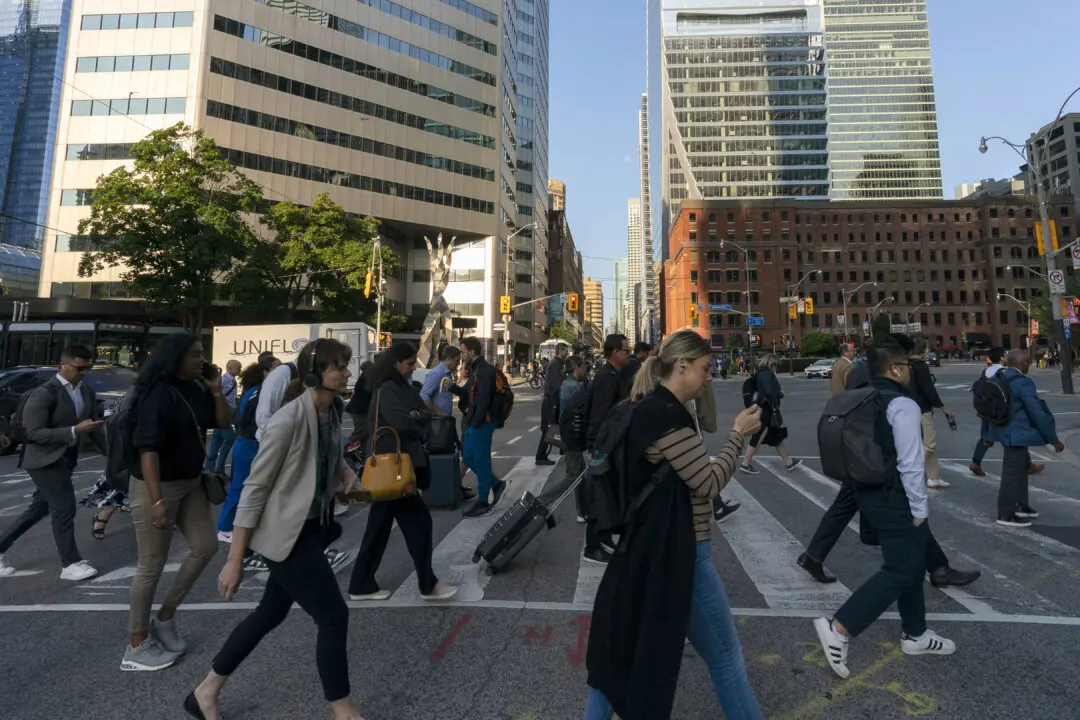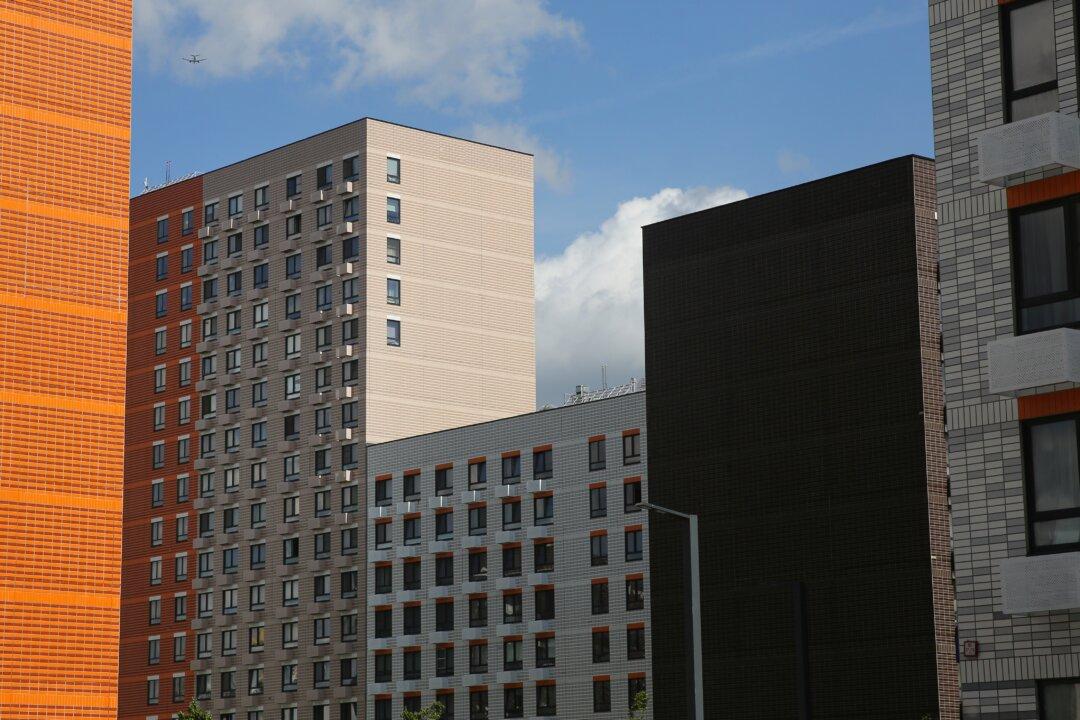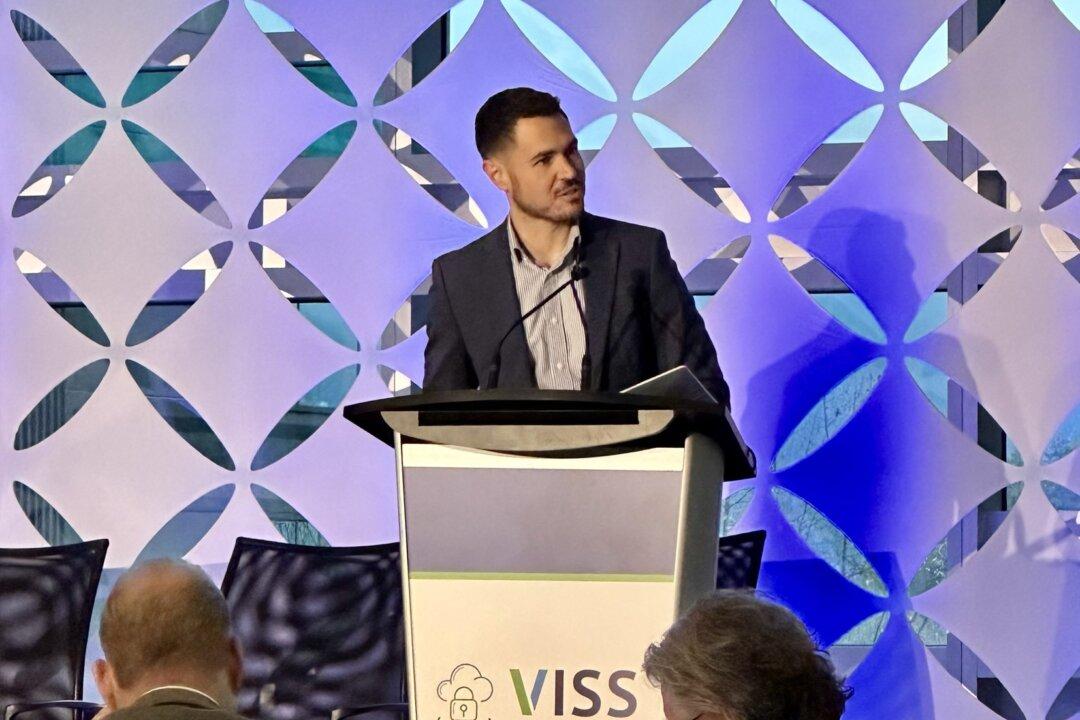Commentary
The recognition that Canada’s international student program has major problems cuts across ideological lines—it is now a bipartisan consensus. With a few tough reforms, however, the program can be salvaged, and refashioned to serve the interest of Canadians and foreign students alike.





